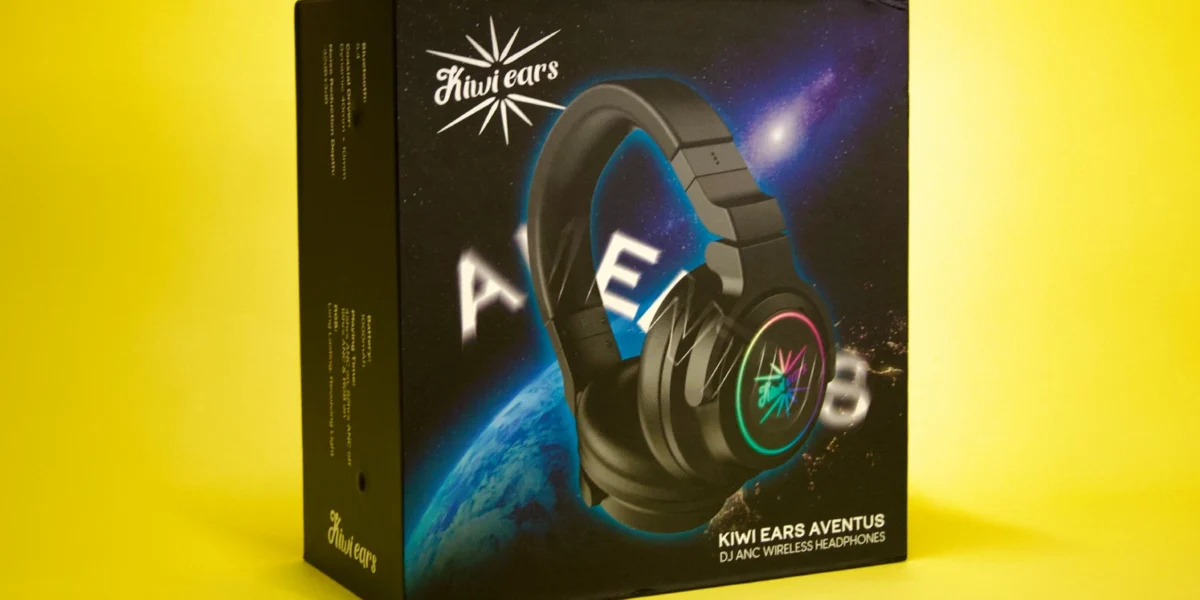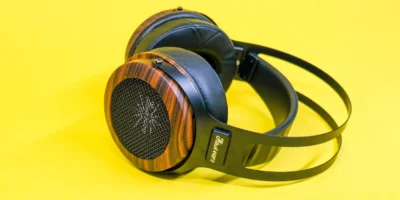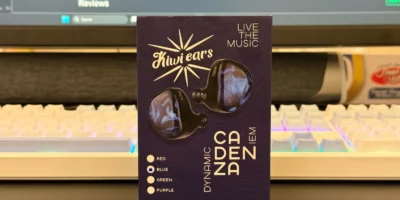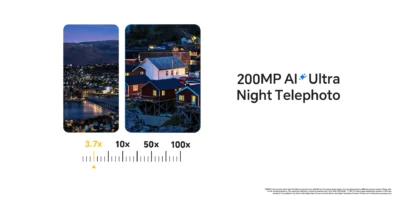Kiwi Ears continues its strong push into the wireless audio segment with the release of the Aventus, a dual-driver Bluetooth headphone designed with gamers, DJs, and audio enthusiasts in mind. Building on the success of the Ardor, Ellipse, and Division models, the Aventus aims to deliver premium features—including hybrid ANC, RGB lighting, and versatile connectivity—at a highly competitive price point.
We’ve spent the past few weeks testing the Aventus across a variety of scenarios—from daily music listening to gaming sessions and calls—and here’s our review.
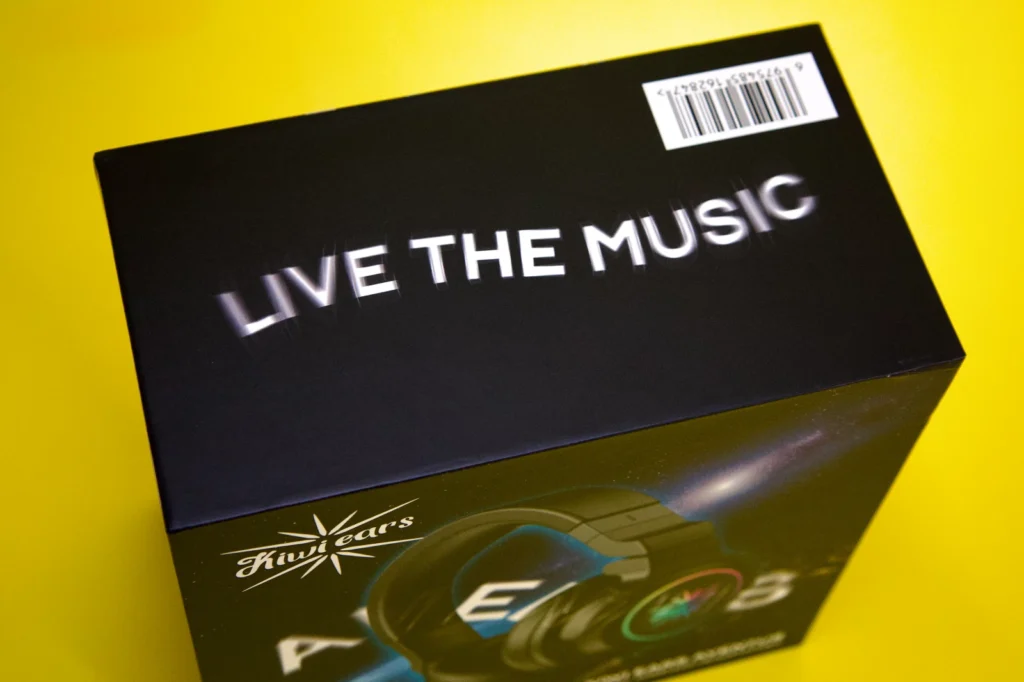
Design & Build Quality
The Aventus sports a durable plastic build with substantial padding on both the earcups and headband, ensuring a secure and comfortable fit during extended sessions. The design is reminiscent of pro monitoring headphones, with a stylish “mecha” aesthetic. The earcups swivel and fold inward, making the headset more portable, and the included semi-rigid carry case adds extra protection for travel.
Despite the plastic construction, the Aventus feels solid in hand. The clamping force is well-balanced, and the memory foam ear pads provide comfort even during longer listening sessions—though, as with most closed-back headphones, some heat and sweat build-up may occur over time.
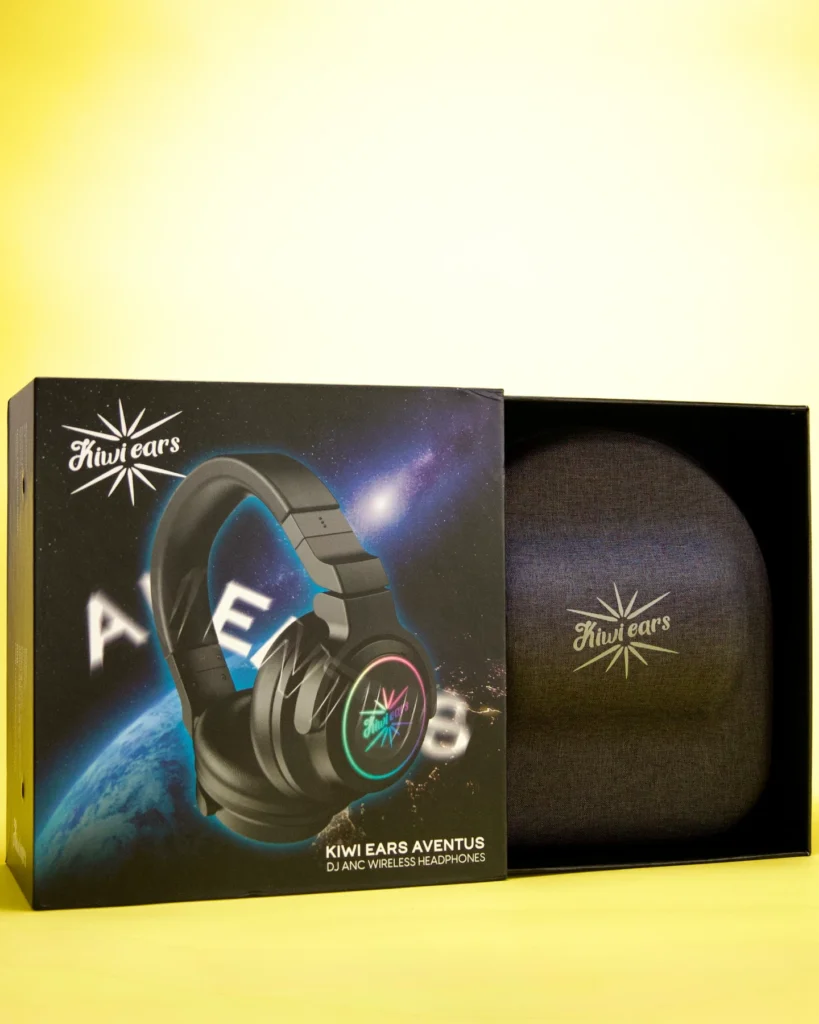
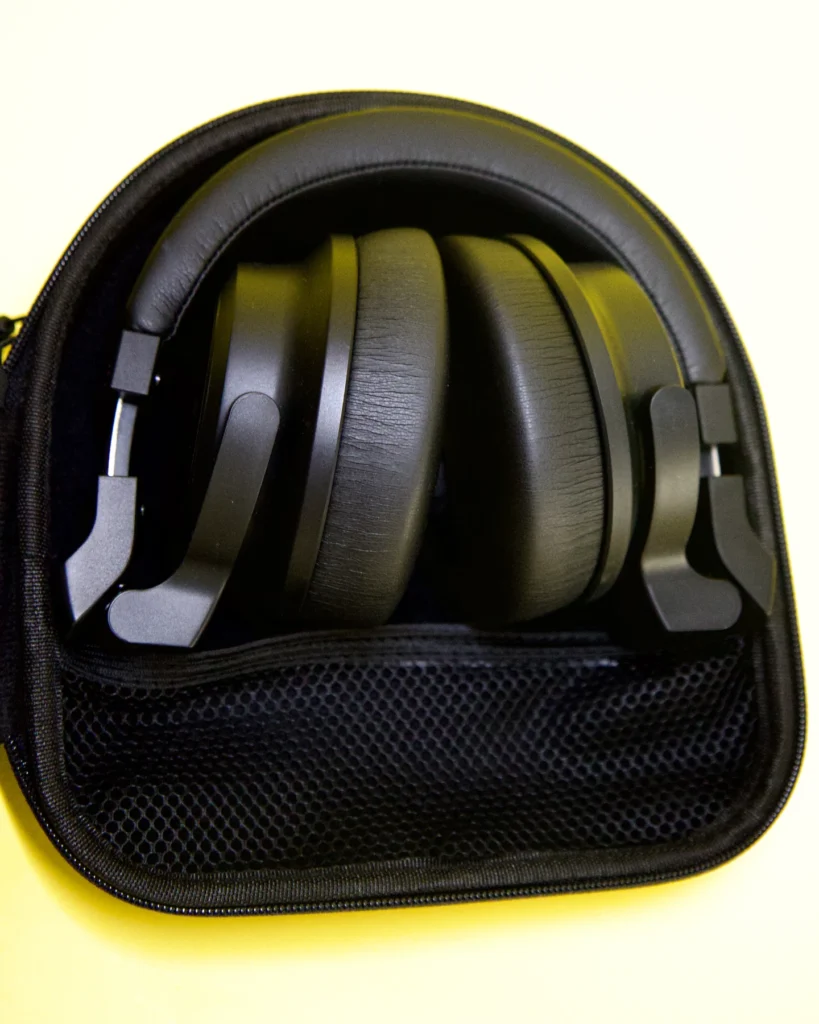
Features & Connectivity
The Aventus is packed with features that are typically reserved for higher-end models. Connectivity is handled via Bluetooth 5.4, offering a stable 8–10 meter wireless range, multipoint support, and codec compatibility with SBC, AAC, and aptX.
For wired use, Kiwi Ears includes both a 3.5mm-to-3.5mm cable and a USB-C-to-3.5mm adapter, making the Aventus compatible with a wide range of modern devices. Notably, even in wired mode, the ANC and RGB features remain usable—something we rarely see at this price point.
Battery performance is another highlight. We consistently achieved:
- ~82 hours with ANC and RGB off
- ~45 hours with ANC on
- ~25 hours with both ANC and RGB enabled
The headphones also support fast charging—10 minutes provides around 3.5 hours of playback.

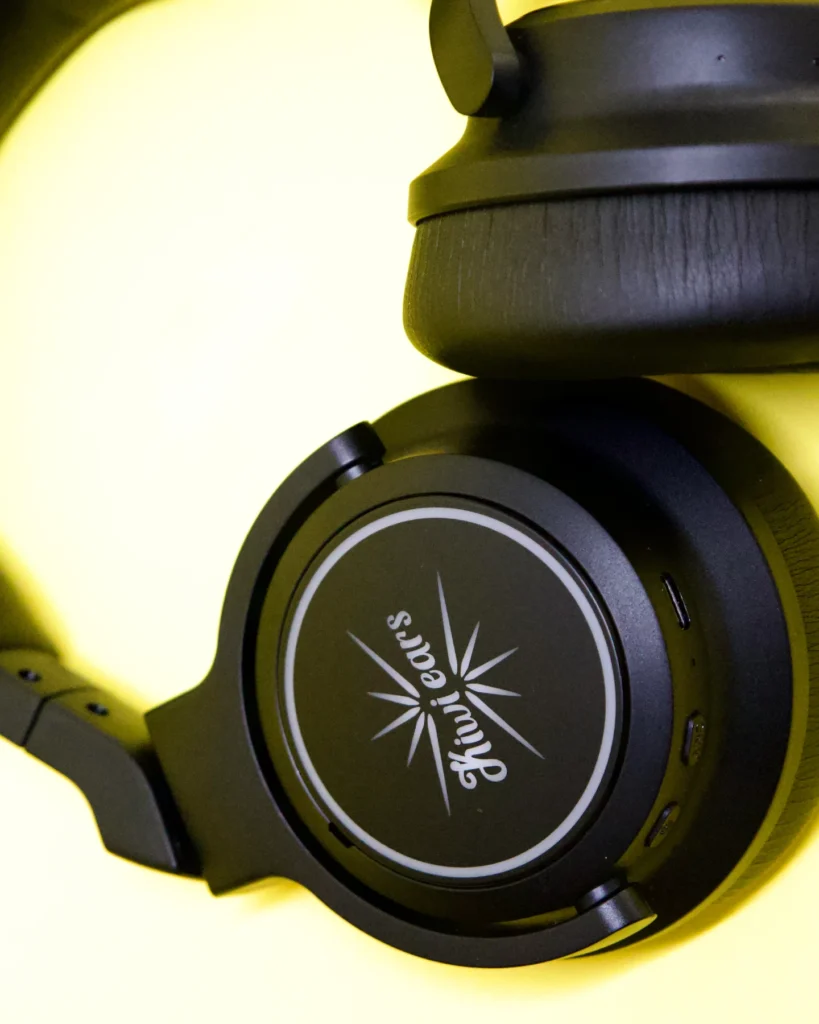
Controls & Usability
Physical buttons on both earcups allow for complete control without reaching for your device. On the left cup, you’ll find volume rockers and a multifunction button for playback and calls. The right side includes dedicated buttons for ANC/transparency mode and RGB lighting, as well as a Type-C charging port.
Double-tapping the ANC button also switches between Gaming/Normal and Music modes, giving users quick access to different tuning profiles depending on the task.
While the RGB lighting feels like more of an aesthetic bonus than a core feature, it may appeal to users in gaming or streaming setups. Thankfully, it can be easily toggled off to preserve battery life.
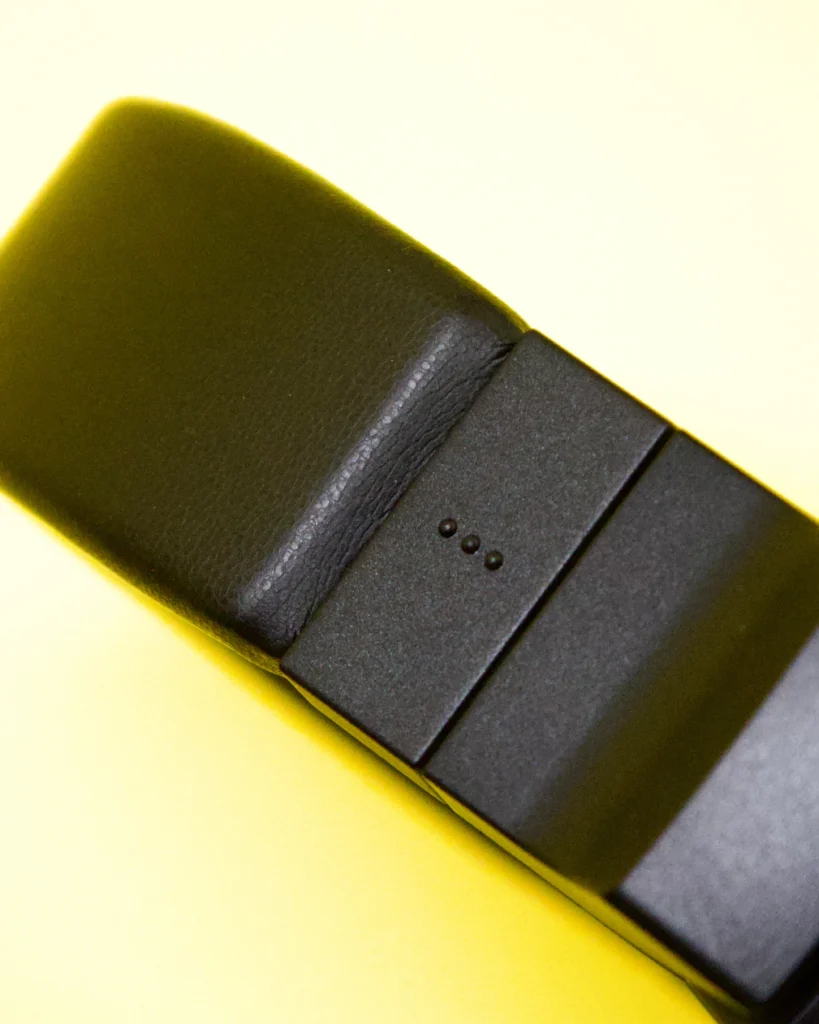
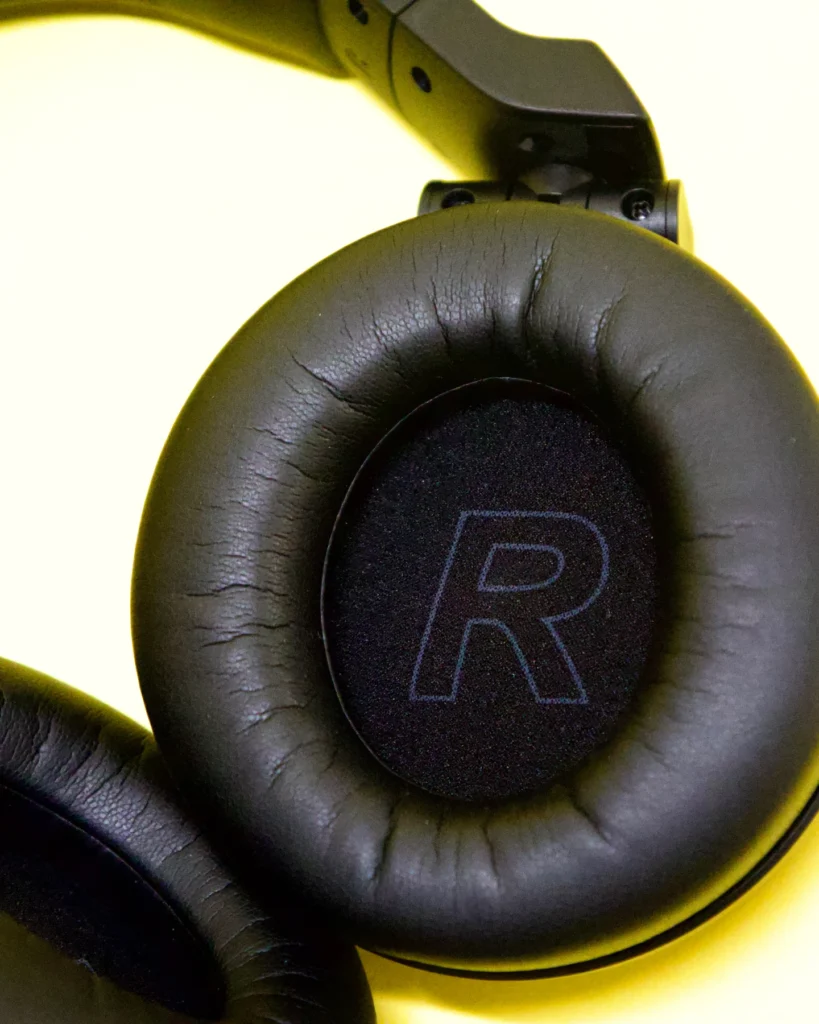
Audio Performance
Bluetooth Mode
In Bluetooth mode, the Aventus offers distinct sound signatures depending on the selected mode:
- Gaming/Normal Mode: The tuning leans towards a bright V-shaped sound with elevated treble and slightly recessed mids. This mode emphasizes clarity and spatial awareness—ideal for competitive games like CS:GO or Valorant, where directionality is key. Bass is tight and controlled, with good impact that doesn’t overpower the rest of the mix.
- Music Mode: Switching to Music mode reveals a more balanced tuning. Treble becomes less aggressive, while mids gain warmth and body. Bass remains articulate and clean. The soundstage feels wide for a closed-back headphone, and imaging is precise. While not tuned for audiophile-level neutrality, the presentation is enjoyable, dynamic, and well-suited for casual listening.
Analog Mode
When used in wired mode, we noticed a slightly improved soundstage and detail retrieval compared to Bluetooth. Paired with neutral sources like the FiiO M15S or Sony WM1A, the Aventus sounded more spacious, with better separation and imaging.
The included foam filters offer further tuning options. They reduce upper treble peaks and increase bass presence, resulting in a smoother, more relaxed sound—particularly beneficial for users sensitive to brighter tonalities.
ANC & Transparency Mode
The hybrid ANC on the Aventus is surprisingly effective for a sub-$100 headset. It managed to suppress low-frequency engine and traffic noise during commutes while preserving vocal clarity in music.
However, the Transparency mode feels less refined. While it does allow external sounds through, the balance can be inconsistent, sometimes skewing the perception of spatial cues. It’s usable for situational awareness, but not comparable to high-end implementations from brands like Apple or Sony.
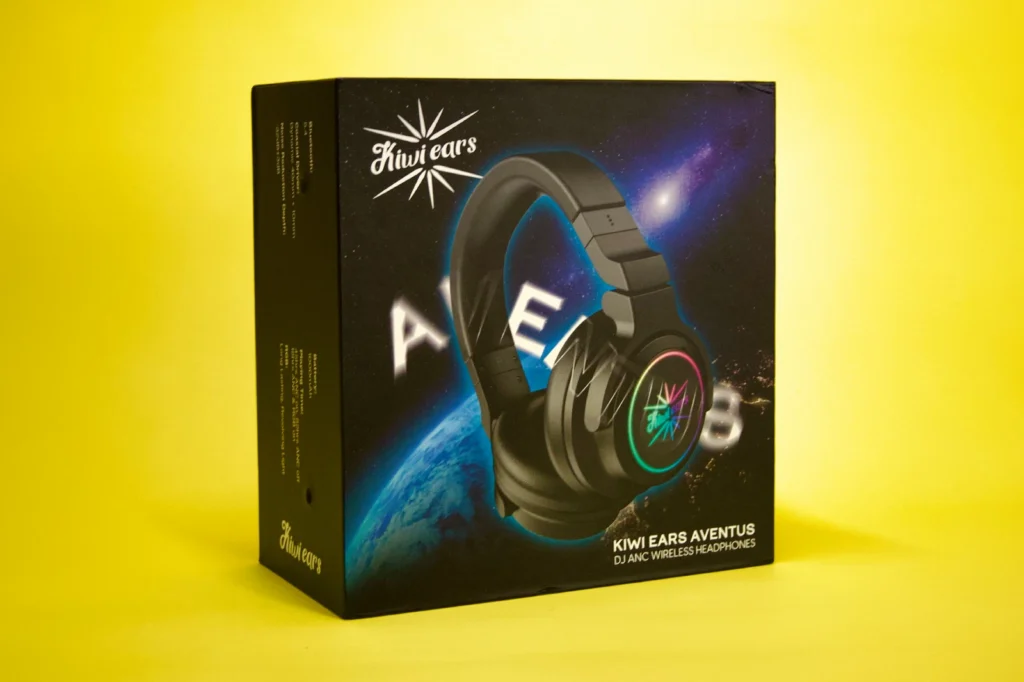
Microphone Performance
The built-in microphone array delivers clear voice pickup with effective noise suppression. Whether taking calls or using voice chat in games, we were consistently told our audio was crisp and intelligible—even in noisy environments.
Final Verdict
The Kiwi Ears Aventus is an impressive entry in the mid-range Bluetooth headphone market. It offers outstanding value with features typically found in much pricier models: hybrid ANC, dual sound profiles, wired and wireless support, long battery life, and premium build quality.
While not without minor drawbacks—such as the weight and the uneven transparency mode—none of them detract significantly from the overall experience. For under $100, the Aventus stands out as a feature-rich, great-sounding, and highly practical option for gamers, DJs, and everyday listeners alike.
Also Read: Kiwi Ears Ardor Review

